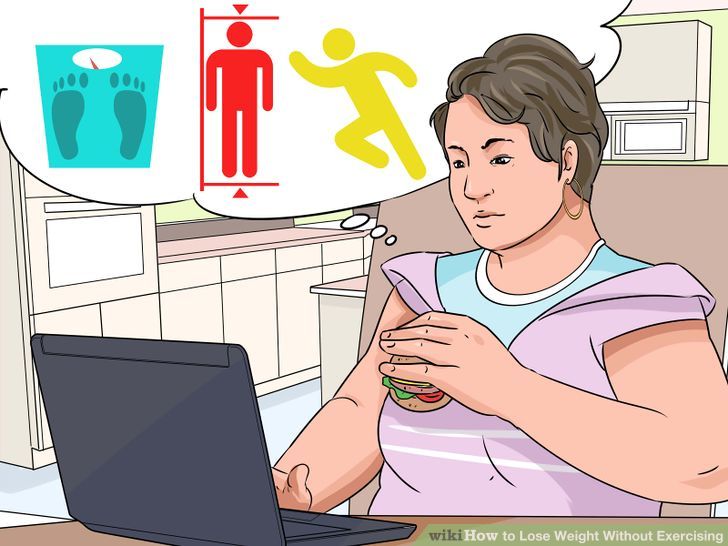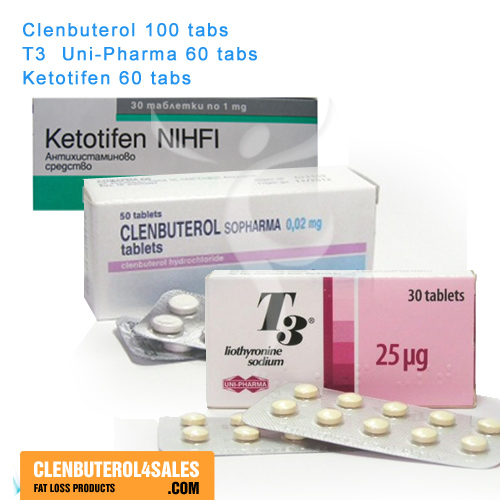1 Count calories.
Weight loss programs usually require you to modify your total calorie intake. Counting calories and being aware of how much you eat can help you lose weight. In general, you’ll want to cut out about 500–750 calories daily to lose about one to two pounds weekly.
Figure out how many calories you can cut from your daily diet by first calculating the number of calories you should take in each day. Do this by searching online for a calorie calculator, then inputting your weight, height, age and activity level in order to calculate your recommended caloric intake. Each person is different, so it’s best to get your own, personalized number.
Do not consume less than 1200 calories daily. A diet that’s too low in calories puts you at risk for nutrient deficiencies as you cannot eat enough food to meet your daily requirements for most vitamins, minerals, and protein.
“Your weight is a balancing act, and calories are part of that equation. Fad diets may promise you that counting carbs or eating a mountain of grapefruit will make the pounds drop off. But when it comes to weight loss, it’s calories that count. Weight loss comes down to burning more calories than you take in. You can do that by reducing extra calories from food and beverages, and increasing calories burned through physical activity.
2 Write yourself a meal plan.
If you are not exercising to burn calories, you must trim them from your diet in order to lose weight. Writing out a meal plan can help you plot out all your meals and snacks and make sure they fit into your pre-determined calorie range.
Spend some time writing out all your meals, snacks, and beverages for a few days or a week.
Allot a certain caloric amount for each meal. For example: 300-calorie breakfast, two 500-calorie bigger meals, and one to two 100-calorie snacks. This may help you choose what foods to eat for meals and snacks throughout the day.
Include foods from all five food groups most days. Review your meal plan to make sure you’re getting adequate amounts of fruits, vegetables, whole grains, lean protein, and dairy.
Having all your meals and snacks planned in advance may keep you from making poor nutrition choices when you’re in a rush.
Keeps snacks conveniently located and ready in the fridge, car, backpack or purse.
3 Eat a balanced diet.
A diet that is calorie controlled and includes all five food groups is a good foundation for healthy weight loss. You should include all of the following most days:
Fruits and veggies. These foods are dense, filling, low-calorie and low-fat. Not only are fruits and veggies great for your waistline they have copious amounts of vitamins, minerals, fiber, and antioxidants that you need for long-term health. Aim to make 1/2 of your meals fruits and/or vegetables.
Lean protein. Foods like poultry, eggs, pork, beef, legumes, dairy products, and tofu are great sources of lean protein. Protein will help keep you satisfied longer and may curb hunger cravings. Aim to include 3-4 oz of protein at each meal — this is about the size of a deck of cards.
100% whole grains. Foods that are whole grains are high in fiber and some vitamins and minerals. Quinoa, oats, brown rice, millet, and 100% whole wheat pasta and bread are examples of whole grains to include in your diet. Limit your grains to about 1/2 cup or 1 oz per meal.






